As far as I understand, a reset with asynchronous assert, synchronous de-assert is considered absolutely safe. I understand that this prevents metastability at the output of a flip-flop using that reset because recovery and removal requirements are guaranteed to be met.
What I don't understand is why this is safe when I connect the output of that flip-flop to any other flip-flop that isn't using that same reset.
I have drawn an example using Xilinx FPGA flip-flop primitives FDCE and FDRE. However, my question applies to any FPGA/ASIC technology:
(Note: "Async Reset" has asynchronous assert, synchronous de-assert).
In this case, "Async Reset" can cause the input to the 2nd flip-flop to transition from '1' to '0' within the setup-hold aperture. I would have thought this would be a timing violation, causing potential metastability.
However, static timing analysis (using the Xilinx toolchain) produces no errors. I have tried to be careful to ensure none of my timing constraints are interfering. I targeted my constraints at the specific pins of the specific flip-flops in the reset synchronizer:
set_false_path -from [get_ports I_Rst] -to [get_pins Rst_Next_reg/D]
set_false_path -from [get_ports I_Rst] -to [get_pins Rst_reg/D]
These constraints apply to this (standard) reset synchronizer circuit (see FDPE):

Are my constraints somehow still too general? (I know there is a separate discussion about constraining max delay and forcing nearby placement of the two flip-flops, but I don't think that is relevant to my question here).
I have searched and searched and can't find an explanation. Could anyone help me to understand?
